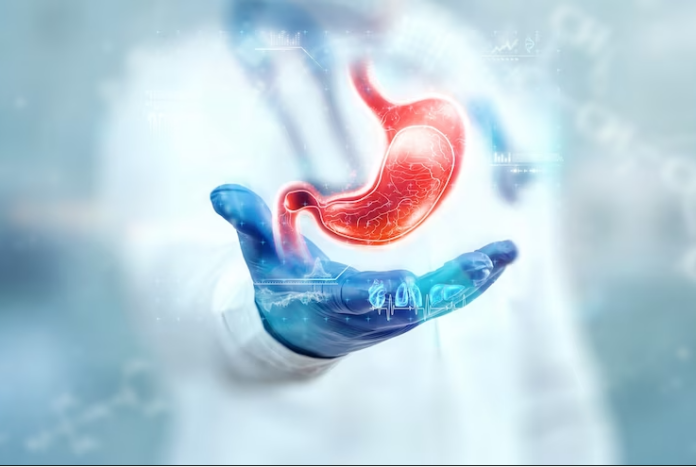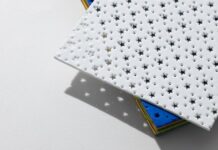Single Anastomosis Duodeno-Ileal surgery, or SADI surgery for short, has grown in popularity for its revolutionary weight loss capability and metabolism control. For many struggling with morbid obesity, type 2 diabetes, and other complications that accompany it, the benefits of SADI can be life-saving. However, before undergoing any major surgery it’s important to be mindful of all the factors that come with it as this decision is permanent and life-altering. Knowing exactly how SADI surgery is performed, the advantages and disadvantages of the procedure, and the dietary guidelines and restrictions can help determine if the procedure is right for you.
How is SADI Surgery Performed
Table of Contents
SADI takes inspiration from the techniques of sleeve gastrectomy as well as duodenal-ileal bypass. In the procedure, the patient’s stomach size is slightly reduced by around 80% to control how much food they can take.
The small intestines are then rerouted to create a shortened path for food to travel to limit the absorption of calories. Patients usually stay in the hospital for a few days to a few weeks to ensure that healing is without complications.
The Advantages of the SADI Procedure
There are many reasons why someone would choose the SADI procedure over other weight loss surgeries. People who suffer from type 2 diabetes after getting the procedure often have the condition cured altogether.
The surgery also has fewer steps than other standard surgeries making the operation and recovery time remarkably shorter. Lastly, weight loss is induced meaning no harsh surgery scares.
The Disadvantages of the SADI Procedure
Though the risks of SADI procedures are much less than other bariatric surgeries, they are still there. Bypassing a portion of the small intestine can lead to malabsorption which can cause nutritional deficiencies. This means lifelong supplementation and doctor monitoring. Reducing the stomach size can lead to the narrowing of the digestive tract, excessive gastric emptying, and blood clots.
The Dietary Guidelines and Restrictions
Following SADI surgery, patients are given dietary guidelines and restrictions to support their weight loss and prevent complications. They are also recommended to aid in the therapeutic aspects of the procedures.
To manage nutritional deficiencies, normally patients are guided to prioritize foods that are dense in nutrients and take relevant supplements. Also, patients are advised to make portion control a normal habit when meal prepping and planning to keep away overfilling the stomach and causing complications.
Carbonated and caffeinated drinks are heavily discouraged and replaced with water and low-fat dairy milk to stay hydrated, avoid bloating, and irritate the stomach lining.
4 Things To Know Before Undergoing a SADI Procedure – In Summary
In short, Single Anastomosis Duodeno-Ileal has helped people suffering from morbid obesity and type 2 diabetes be able to lose weight and manage their symptoms. Being informed on what SADI procedures are, their advantages and disadvantages, and the dietary guidelines and restrictions that follow will help people interested in mediating their system make the former decision of if this is the right path for them.











